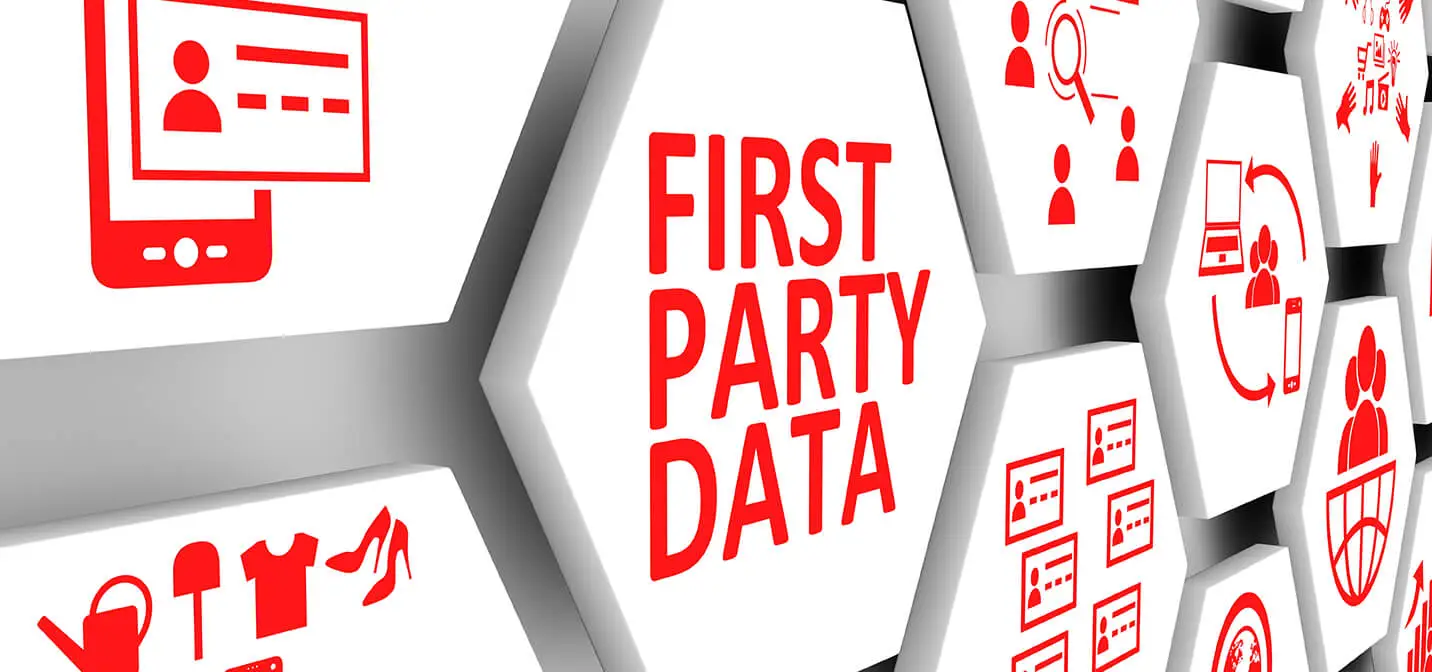First-party data-powered marketing has succeeded for decades. Brands collect emails, track purchases, and build customer profiles to personalize campaigns and drive sales. Nowadays, customers demand data control, privacy laws restrict access, and browsers block tracking. Marketers suddenly operate without the reliable insights they previously depended on for decision-making.
Innovative Marketing Strategies When First-Party Data Is Limited
Marketers can thrive without first-party data. They adapt, innovate, and leverage alternative strategies to maintain engagement and ROI. This shift pushes teams to rethink approaches and embrace new methods. Clever marketing delivers results even without first-party data. Below are approaches brands implement to thrive and engage customers despite unavailable or scarce first-party data.
Embrace Contextual Advertising to Reach the Right Audience
Companies can place contextual ads that match what users see at the moment. For example, cooking tool makers can show ads on recipe websites to reach people who love cooking while they browse. This approach works without needing past shopping data or browser history and protects user privacy. Showing the right message at the right time increases engagement and costs less money. Marketers leverage immediate context instead of relying on assumed preferences.
Tap Into Second-Party Data Partnerships
Second-party data comes directly from trusted partners’ first-party sources – brands collaborate with related companies to gather valuable data honestly and openly. For example, a company selling sports clothes might work with a fitness app to share grouped facts about active users. These team-ups help brands reach more people while still protecting privacy rules. To achieve this, marketers should choose partners carefully and communicate data usage to maintain customer trust.

Focus on Compelling, Universal Storytelling
When specific user data isn’t available, storytelling becomes a powerful tool. Great stories create emotional connections that transcend personalization. Take outdoor brand Patagonia, which shares stories about environmental activism rather than tailored product pitches. Their narrative inspires loyalty and aligns with values, engaging broad audiences authentically. Marketers can craft narratives around brand mission, customer aspirations, or community impact to foster meaningful connections.
Storytelling is crucial in cross-channel marketing, where consistency matters more than personalization. A strong brand narrative can be told across email, social media, video platforms, and offline events. When a campaign tells one cohesive story, it amplifies the brand message and leaves a lasting impression, regardless of how much data is known about the audience. This approach builds brand equity over time and enhances customer loyalty.
Utilize Aggregated and Anonymized Data Insights
Grouped information shows broad trends without pointing to a single person. For example, a clothing store can find out that people living in beach cities buy more summer outfits. This insight helps tailor regional promotions without needing detailed personal data. Services like Google Analytics deliver unnamed facts on device kinds, user places, and website traffic origins. Marketing teams can use these trends to improve their campaigns and spend money wisely while protecting people’s privacy.

Build and Engage Social Media Communities
Social networks provide many chances for brands to connect without needing customer information. Companies participate in discussions, develop interactive content, and motivate users to share their posts. A skincare company, for instance, can run live answer sessions on Facebook to engage people instantly and grow trust. This way, brands build relationships through genuine interaction rather than using data to find specific customers. Active social listening also reveals insights into customer needs and sentiments.
Prioritize Permission-Based Email Marketing
Email marketing thrives on consent and relevance. Companies should build willing subscriber lists with valuable content or special offers rather than purchasing or grabbing contact information.
An online teaching business might provide free training sessions to collect email addresses. Using lists, people agree to join, and marketers can send direct messages that guide potential customers toward making purchases. Custom emails succeed most when customers choose to share what they prefer.
Leverage AI-Driven Audience Insights
Artificial intelligence can analyze limited or aggregated data to predict audience segments and preferences. AI systems find patterns in what people buy or browse without showing who they are.
For instance, an online store might use AI to sort shoppers by what products they like and create special deals just for them. This method mixes personal touches with privacy so marketers show relevant content without needing personal customer data.
Invest in Influencer Collaborations
Influencers command loyal followings that brands can access without traditional data collection. Brands could collaborate with popular online figures to connect with ready-made groups with common interests. For example, a vegan food company works with a plant-based diet creator to reach real, interested followers. Fans often trust and feel closer to influencer posts, which builds brand trust and grows audience size naturally.

Adopt Privacy-First Marketing Platforms and Tools
Recent marketing systems prioritize user privacy but still effectively reach target audiences. For example, specific platforms process information directly on people’s devices, keeping data private. Brands that embrace these methods show they value consumer privacy and gain an edge over rivals. Marketers who track the latest privacy-safe technologies meet regulations and achieve better results when data is restricted.
Conclusion
Companies can still market effectively without access to personal customer data. Brands succeed when they adjust by using content-matched ads, business team-ups, stories, and privacy-safe tools to connect with audiences. The best way for marketers to build trust and get results in a privacy-focused world is when they welcome new ideas and stay open about their methods. For brands ready to thrive without first-party data, the platform for your Meta ads offers precision, privacy, and power to reach high-intent customers efficiently and ethically.
Beyond adopting new tools and strategies, marketers must also foster a mindset of continuous learning. As privacy laws evolve and technology shifts, staying informed becomes a competitive advantage. Engaging with industry thought leaders, attending webinars, and experimenting with emerging platforms ensures marketers remain adaptable. The ability to pivot quickly, without clinging to outdated data-heavy models, separates thriving brands from those left behind.
Creativity, ethical practices, and trust-building aren’t optional in this landscape – they are core components of long-term success. Marketers who embrace this new era survive and create deeper, more resilient customer relationships.
